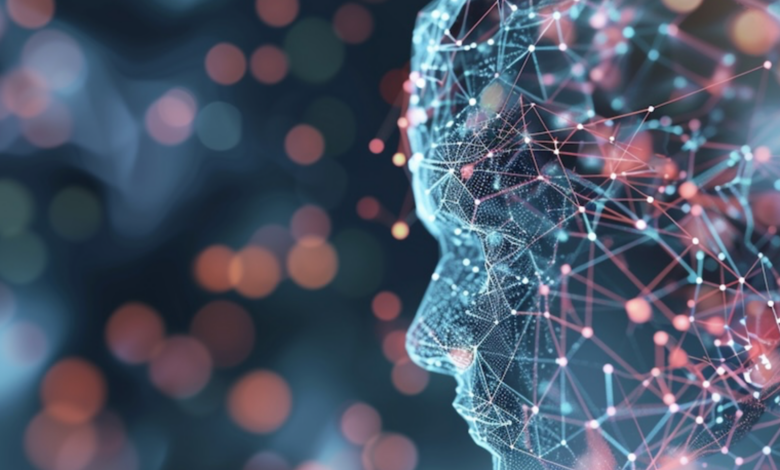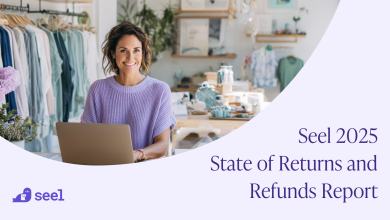
The buzz around AI in marketing has reached fever pitch, but often, the conversation feels frustratingly narrow. We’re fixating on image generation; ‘100 prompts to make you more efficient’ and hype over the latest iteration of video capabilities, while the true potential of this technology stretches far beyond. AI is not a mere tool; it’s an amplifier, a catalyst for human ingenuity, capable of supercharging marketing beyond the boundaries we’ve previously accepted. We’re at the cusp of a revolution, where AI reshapes creativity itself, from generating immersive worlds to crafting dynamic, real-time storytelling.
Personalisation at scale
Personalisation has long been the holy grail of marketing, but until recently, it was a goal that was difficult to scale. AI is now changing that by providing marketers with the capability to offer hyper-relevant, real-time content to each individual consumer. Through machine learning and predictive analytics, AI can analyse vast amounts of data to uncover insights about consumer preferences, behaviours, and trends. This intelligence enables brands to craft personalised messages, offers and experiences that resonate with specific segments of their audience, in real time.
Imagine dynamic ads that change based on the viewer’s immediate context, or virtual brand ambassadors that adapt their dialogue to individual user queries. Or tailored communications that know our product preferences and can show them to us in situ, at exactly the right time and price based on our purchasing behaviour. Ultimately, helping us buy better, not just more.
Beyond content, into experiences
According to CoSchedule’s 2025 report, 85% of marketers employ AI for content creation, using automation to speed up production and scale output. So, sure, you can use AI to generate more content for less, but with consumers more and more inclined to block, scroll past or ignore, there are smarter ways to use it.
AI can analyze vast datasets of user behavior, sentiment and preferences, adapting the narrative arc, visuals and the very environment of the brand story. This isn’t just personalization; it’s the creation of bespoke, participatory experiences, where the audience shapes and influences the brand’s journey. A brand experience, for instance, that is custom-shaped for you as you interact with it; an AI-powered virtual store that learns your preferences and curates the experience, based on your previous interactions, or a personalised narrative that shifts according to your mood and choices. Qatar’s AI-powered ads, for example, put their customers INTO their brand marketing, making them the heroes of their own promotional content.
The rise of AI-powered co-creation
One of the most exciting developments in AI-driven marketing is its ability to democratise content creation and connect brands and their audiences, allowing them to co-create experiences together. This shift from traditional marketing to collaborative creation opens up a whole new world of possibilities for brands to engage with their audiences in ways that feel authentic and participatory.
Through AI-powered platforms, consumers are no longer passive recipients of brand messages, they are active contributors to the creative process. From participating in the creation of digital assets like ads or videos to influencing product development or brand messaging, audiences are now empowered to shape the narratives around the brands they care about.
Nicki Minaj’s Gag City is a masterclass in this, with her fans turning to AI to generate vibrant pink worlds and viral hype for her 2023 album drop; creating a frenzy of surreal creations and buzz about “Pink Friday 2”.
This collaborative approach not only enhances customer engagement but also fosters a sense of ownership and loyalty that traditional marketing methods simply cannot achieve.
AI as a multiplier, not a replacer
According to recent Linkedin data, the majority of marketers (72%) feel overwhelmed by how quickly their job is changing as a result of AI. But, whilst the evolution of AI is startlingly rapid, the fear that AI will replace human creativity is largely misplaced.
Many of the early adopters and creators in this space see AI more optimistically as a multiplier, a way to amplify our creative potential. It frees us from the mundane tasks of content creation and data analysis, allowing us to focus on the strategic and conceptual aspects of marketing. We can use AI to explore new creative avenues, generate novel ideas and push the boundaries of what’s possible.
By embracing AI as a creative partner, we can unlock new levels of innovation and create marketing experiences that are truly groundbreaking. As Landy Slattery, Creative Innovation Director at Channel 4, said at a recent AI talk: “Taste and choice is a human capability”, we are still the architects of creative output.
The most successful marketers will be those who use AI to augment their own skills; to challenge assumptions and offer unexpected solutions.
Stop just using AI: start using it well
Because, frankly, we are currently squandering the potential of AI. Using it for generating images to post on LinkedIn or create deepfake memes is akin to using a supercomputer to run a calculator app. AI’s capabilities extend far beyond the superficial. It has the capability to identify cancer early, to optimize complex logistics, or to trawl vast data banks to identify more sustainable production methods.
So why aren’t marketers using it to make a tangible, positive impact beyond the digital world?
AI in the broadest sense, incorporating AGI and Agentic AI, is a paradigm shift that has the potential to redefine the marketing landscape along with entire industries. Whilst this still comes with a bucket-load of ethical and sustainability considerations the time has come for marketers to wake up to the full potential of AI and use it to create not just better campaigns, but a better world.



